— 8 min read
Just in Time Delivery in Construction: Minimizing Waste, Maximizing Efficiency


Last Updated May 21, 2024

Daniel Kavanagh
Solution Specialist, Industry Compliance
15 articles
Daniel Kavanagh is a Senior Strategic Product Consultant at Procore, based in Dublin, Ireland. Daniel is a results-oriented project manager with a passion for building relationships and exceeding client and management expectations, with career experience in project management, systems implementation, technical design and architectural finishes. Daniel has been a member of the construction industry since 2014, and graduated from the Carlow Institute of technology.

Cait Bladt
13 articles
Cait Bladt is a multi-award winning freelance writer and producer. Her work has appeared at Vice, ABC News and Rolling Stone among others. She currently lives in Brooklyn with her cat Patricia.
Last Updated May 21, 2024
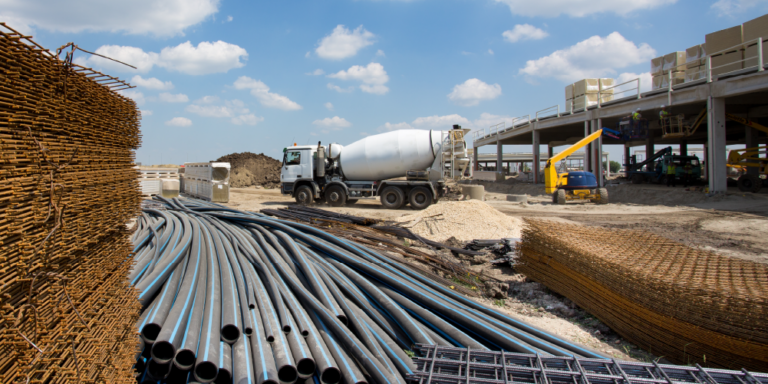
Just In Time (JIT) delivery is a foundational method of construction site logistics and inventory management. JIT involves scheduling and procuring materials to be delivered on site as close to their installation in the build as possible. JIT strategies are a critical component of creating work and procurement schedules for suppliers and subcontractors.
Some construction professionals associate JIT strategies to the principle of the five Ps: “Prior preparation prevents poor performance.” Taking more time before a project starts to create a comprehensive procurement and delivery schedule by calculating backwards from onsite dates and incorporating lead times on materials, saves expensive headaches down the line.
The main goal of JIT is to minimize excess inventory, carrying costs, storage costs and waste by ensuring that goods arrive exactly when they’re required and are installed within a day or so of delivery. Let's look at how JIT works during different project phases, some benefits, risks and best practices for implementing JIT delivery on a jobsite.
Table of contents
Utilizing JIT Delivery Strategies
Scheduling
During preconstruction, the project manager (PM), in collaboration with site leaders, will create an overall plan for the job. Typically, the schedule may follow a pull planning format, working backward from the date the project is turned over to the owner. Buffer time for tasks is important to build in at every single step of the project. If an owner expects the project to be completed by the end of the month, project managers might start their scheduling several weeks earlier.
After determining the project delivery date, PMs can break the project down into chunks of different lengths: weeks, days or even exact hours. That allows the entire team to look at a specific day and know exactly which materials are needed onsite, which subcontractors are expected to perform work, and how long they have to complete their tasks.
Contacting and scheduling subcontractors is the next part of scheduling for JIT delivery. Project managers need to be able to integrate the availability of subcontractors with the availability of materials and the job’s requirements.
Procurement
In procurement, PMs have to be proactive. There’s nothing worse than needing materials onsite, but sufficient buffer time was not factored into the schedule. Project managers should work in lockstep with subcontractors and suppliers to ensure that materials are being ordered far enough in advance to guarantee their on-time delivery, while not having them have to sit in a warehouse or on a job site for too long.
PMs should source materials locally whenever feasible. Domestic deliveries don’t involve customs, which can dramatically slow down deliveries. Planes and ships are more susceptible to weather, and products that are being manufactured in other parts of the world months in advance are easily delayed.
Because there are so many ways materials can be delayed, it’s helpful to always have multiple contingency plans for every single order and subcontractor.
Construction
During construction, it’s necessary to have constant and comprehensive communication between teams. On some sites, PMs may choose to have meetings every morning to guarantee each team is on the same page. Communicating site progress, site safety plans and procedures, and detailing plans for the day ahead ensures no one is confused about what is happening. After covering those topics, PMs can move to scheduling.
Each team can cross reference when they are working on the site, where they will be and what, if any, deliveries they expect. Site teams can ensure that only one delivery or subcontractor will be arriving during specific time slots. This can be a complicated process, especially on larger projects, which might lead some crews to hire logistics managers to focus solely on these details.
While on site, ingress and egress on construction sites must be closely monitored and managed. Traffic jams both in your material storage yard and on the streets can back up deliveries and destroy even the most carefully created schedules. Road hazards also need to be monitored and taken into account.
Elevators and lifts also need to be scheduled meticulously — multiple crews may be working on different parts of the job sites and need to share these to transport materials. This typically will be scheduled during daily meetings, but team members need to be able to adapt on the fly.
Benefits of JIT Delivery
Having materials delivered to the jobsite as soon as they’re scheduled to be installed on the project saves construction teams both time and money. Below are some of the additional advantages that can assist teams with keeping the project free and clear of excess waste and resources.
Minimizing excess inventory
Careful planning and scheduling allows for precise ordering and less wasted materials. Additionally, by ordering only what will immediately be used, the risk of having to discard damaged materials decreases dramatically.
Reducing storage costs
Ordering only what will be used within a day or two renders storage facilities unnecessary. Materials sometimes are used the day they are delivered, eliminating any storage at all. Even with a brief amount of rest time between delivery and use, JIT delivery ensures a site will never be overcrowded or unsafe, and all materials can be kept close at hand.
Increasing Site Safety
Fewer hazards are an advantage of increased free space and mobility from materials onsite that are pending installation. Materials being stored in piles or in free spaces around the job site, could result in increases trip hazards. Additionally, when fewer materials are being delivered at any time, it is simpler and easier to keep track of any hazardous materials. They can either be efficiently stored or quickly used, creating less risk to anyone’s safety.
Risks With JIT Delivery
While some consider just in time delivery as “the gold standard” in procurement and site management strategies, there are still risks to consider. When scheduling is precise, any delays or shifts in delivery time can dramatically affect the entire project. Each of these risks can be managed and mitigated, but they need to be kept in mind throughout the process so as not to hit any serious issues.
Shipping Delays
Procuring materials, especially specialized materials that cannot be obtained domestically, is always a complicated process. When shipping from outside the country, complicated customs inspections need to be taken into account. Especially recently, the public has seen what happens when a few ships get backed up and suddenly an entire harbor and customs apparatus is weeks, even months behind.
Inclement Weather
Weather can impede fast delivery as well. Ships and planes are highly susceptible to weather, causing dramatic delays that need to be accounted for. But even ground transportation can be affected by inclement weather. On a human scale, people simply cannot move as fast during cold winter or extremely hot summer months, meaning your materials could be slightly delayed.
Traffic Congestion
Working in cities, teams need to keep track of any road obstructions. Construction and road blockages can slow down deliveries for hours. Events like parades, fairs and visiting political officials all seem like they’d be easy to prepare for but they need to be taken into account in any schedule.
Best Practices for Using Just in Time Delivery
When using the just in time delivery approach, strategizing and coordinating across teams is key. Below are some helpful tips to make the effort as seamless as possible.
Pad scheduling and lead times.
Always stay six to eight weeks ahead in planning, compared to the site team’s two-week focus. Calculate lead times and schedule deliveries precisely to ensure materials are available when required but not causing site obstruction.
Minimize onsite storage.
Avoid the storage of sensitive or high-value materials on-site to prevent damage and save on costs associated with handling and re-purchasing. Utilize local sourcing to minimize transportation issues and ensure speedier delivery.
Prepare contingency plans.
Have a Plan B ready, such as a buffer in delivery times, to accommodate unexpected delays or no-shows. This proactive approach helps keep the project on track without compromising tight schedules.
Prioritize communication and coordination.
Maintain clear and consistent communication through daily meetings to manage schedules, track deliveries, and resolve conflicts or overlaps in delivery times.
Evaluate and select reliable suppliers.
Choose suppliers based on their reliability and track record to ensure they can meet the demands of JIT delivery, which is critical for project efficiency and cost management.
Be adaptable.
Account for seasonal variations, weather conditions, and external events like road closures or activities in the city that could impact delivery schedules and access to the site.
Use technology to enhance efficiency.
Leverage construction management software to streamline the management and scheduling process, save time on administrative tasks, and enhance the overall efficiency of the JIT delivery system.
JIT Delivery: One Key to Running a Jobsite Smoothly
When combined with intentional collaboration and communication, just in time delivery is a strategy that can help offer project managers and site leadership teams more accuracy and efficiency. Using technology to keep everyone on the same page, and ensure that the right materials are installed in the right place at the right time allows for teams to focus on seamlessly delivering the project.
Was this article helpful?
Thank you for your submission.
100%
0%
You voted that this article was . Was this a mistake? If so, change your vote
Scroll less, learn more about construction.
Subscribe to The Blueprint, Procore’s construction newsletter, to get content from industry experts delivered straight to your inbox.
By clicking this button, you agree to our Privacy Notice and Terms of Service.
Thank you!
You’re signed up to receive The Blueprint newsletter from Procore. You can unsubscribe at any time.
Categories:
Written by

Daniel Kavanagh
Solution Specialist, Industry Compliance | Procore Technologies
15 articles
Daniel Kavanagh is a Senior Strategic Product Consultant at Procore, based in Dublin, Ireland. Daniel is a results-oriented project manager with a passion for building relationships and exceeding client and management expectations, with career experience in project management, systems implementation, technical design and architectural finishes. Daniel has been a member of the construction industry since 2014, and graduated from the Carlow Institute of technology.
View profile
Cait Bladt
13 articles
Cait Bladt is a multi-award winning freelance writer and producer. Her work has appeared at Vice, ABC News and Rolling Stone among others. She currently lives in Brooklyn with her cat Patricia.
View profileExplore more helpful resources
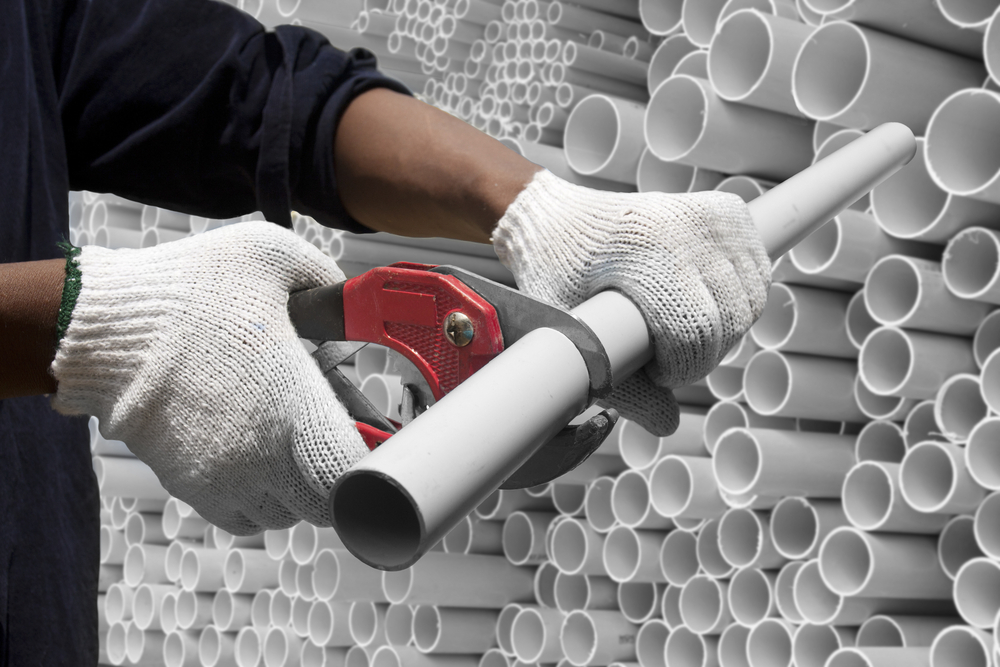
Materials Management for MEP: Strategies for Success
Rapidly advancing technology and growing project sizes are driving the construction industry faster than ever before. In an atmosphere of scant margins for error, strategic materials management serves as the...
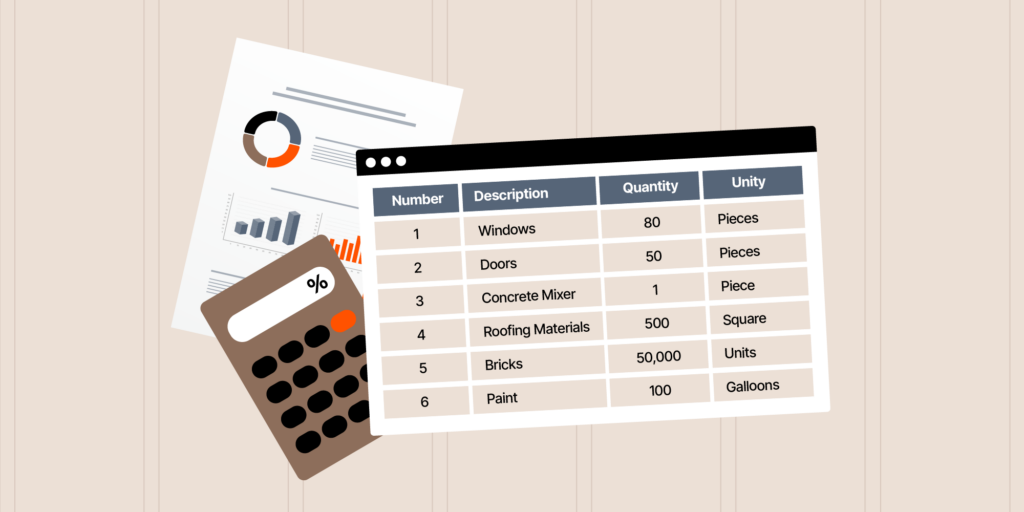
Key Benefits of a Construction Procurement Log (With Free Template)
By the time everything is purchased for a construction project, it represents not just a lot of money. It also represents a lot of energy from the teams involved. Getting...
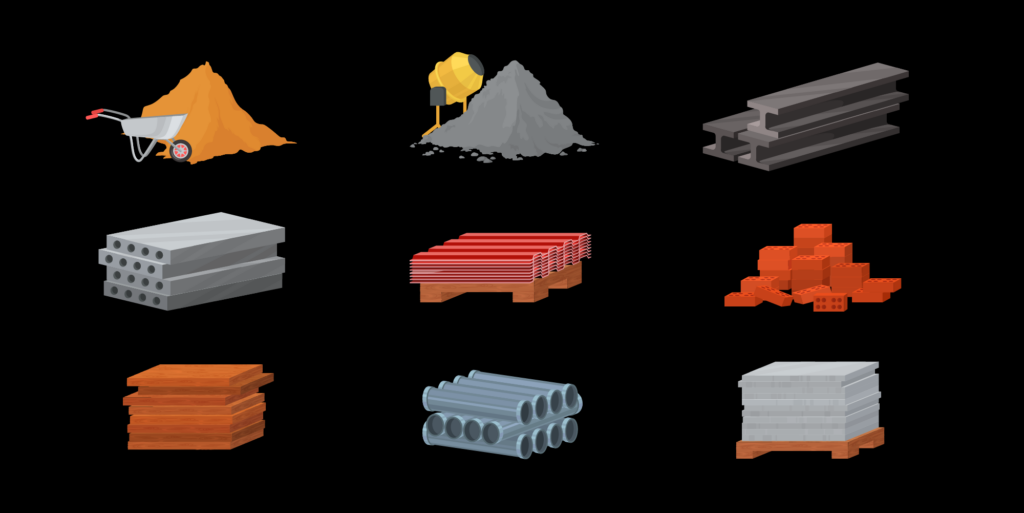
Material Management in Construction: A Project Manager’s Guide
Construction materials represent one of the key components for pulling off successful projects, and also one of the biggest expenses contractors face. Optimally managed materials procurement, storage and installation can...
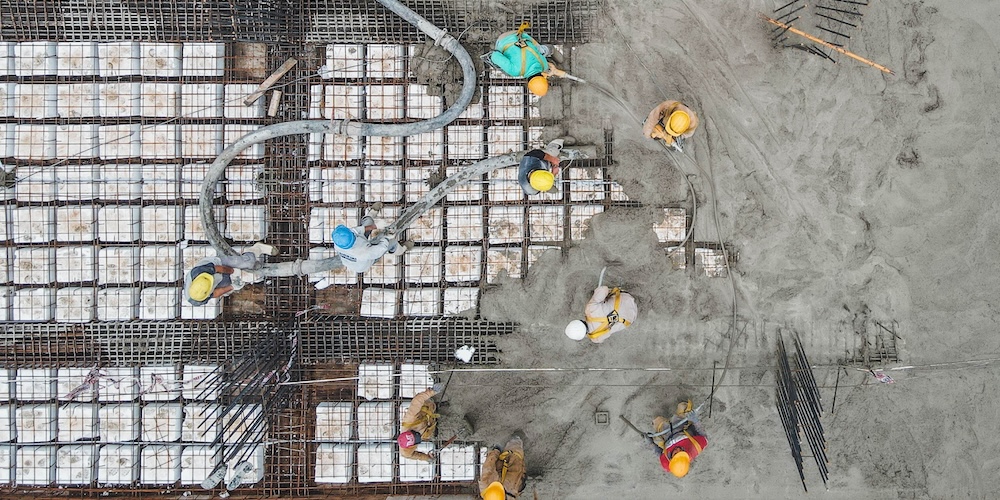
Mastering Construction Resource Management: Strategies for Success
Completing construction projects successfully requires the careful management of various resources: labor, materials, equipment, money, time and information. Since these resources are finite, allocating them wisely is crucial for minimizing...
Free Tools
Calculators
Use our calculators to estimate the cost of construction materials for your next project.
Templates
Find a template to help you with your construction project tasks.
Material Price Tracker
Get the latest U.S. retail prices and view historical trends for common building materials.
Glossary
Explore key terms and phrases used in the industry.
